|
|
|
This site is no longer being updated, but is left online for information.
|
Welcome |
Moon |
Europa |
Ganymede |
Titan/Enceladus |
Mars |
Consortium |

|
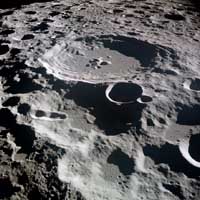
|
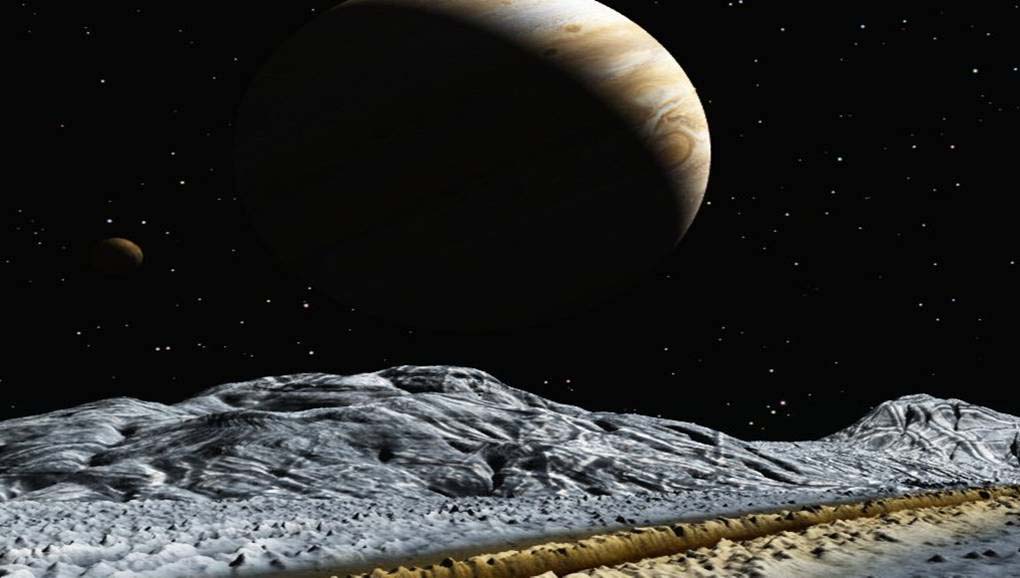 |
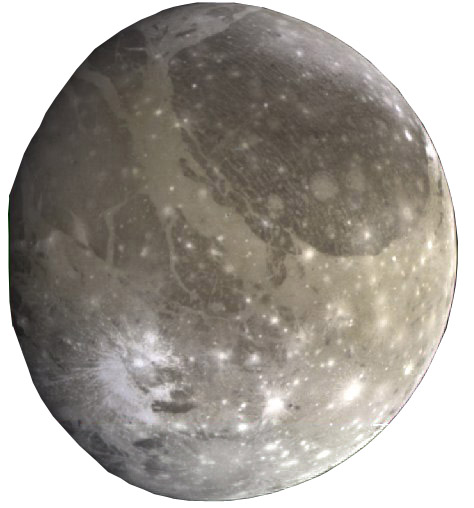
|

|
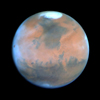
|
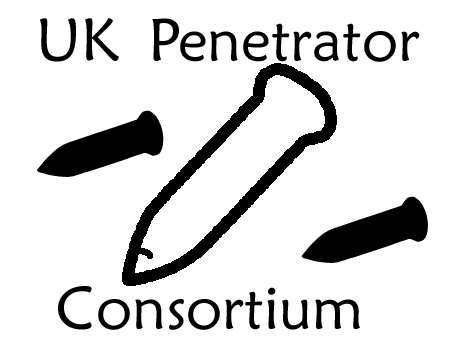
|
News
- June 2010 Update on Penetrators for the Moon, Ganymede, Europa & Mars
- Aug 2009 Moon Exploration 40 years on... Pod Broadcast
- Jun 2009 Astrobioloqy Signals with Penetrators on Europa
- May 2009 Declaration of Interest in penetrators for Ganymede & Europa submitted to ESA
- July 2008 International Peer Review Strongly Endorses MoonLITE
- May 2008 Impact Trial - A Success
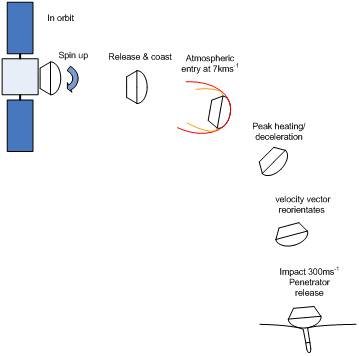 |
A Mars Penetrator Descent Option Courtesy Astrium |
|---|
Though we are not aware of any current opportunites to fly penetrators to Mars, the ESA/UK penetrator system study last year (2010) identified two possible significant penetrator applications :-
- To investigate Martian seismic activity levels and determine the internal structure of Mars.
Penetrators are estimated to have a factor 1000 sensitivity improvement over the Viking seismometers since their subsurface location shields them from disturbing Martian wind.
- To investigate astrobiology markers from depths greater than 2m under the Martian surface.
This is a greater depth than previous and current implementation of Martian missions, which offers the possibility to obtain more pristine material significantly less affected by radiation and surface erosion.
An advantage of a Martian deployment is the ability to use the atmosphere to aid descent, which can significantly reduce the total system mass. Also, since impact speed is much higher than soft landers (e.g. 300m/s), the use of the atmosphere as a braking force is much less problematic.
A mature study of the feasibility of this technology is yet to be undertaken. An example is the potential effect of the iron oxide in the Martian soil on communications to an orbiter from beneath the surface. This will be dependent on signal attenuation, impact crater morphology, impact site characteristics, and whether an umbilical to the surface could be arranged to e.g. from a descent parachute.
Mars Penetrator Presentations
1st February 2011, Rob Gowen. rag@mssl.ucl.ac.uk
Mullard Space Science Laboratory - Holmbury St. Mary, Dorking, Surrey. RH5 6NT. -
